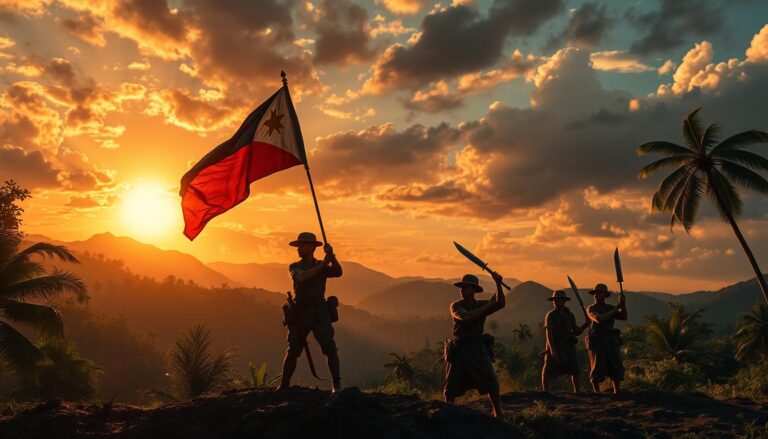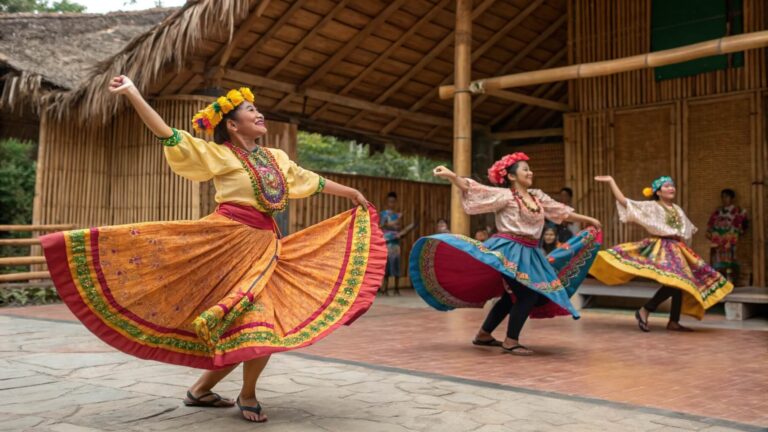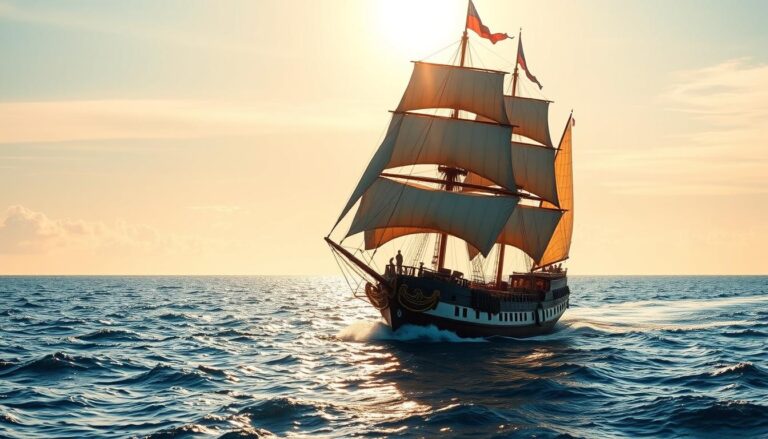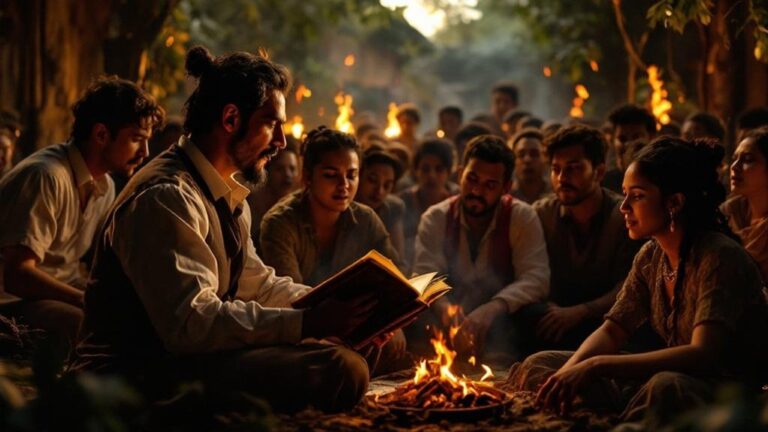Manila’s Parián: Chinese Merchants in PH’s Golden Age
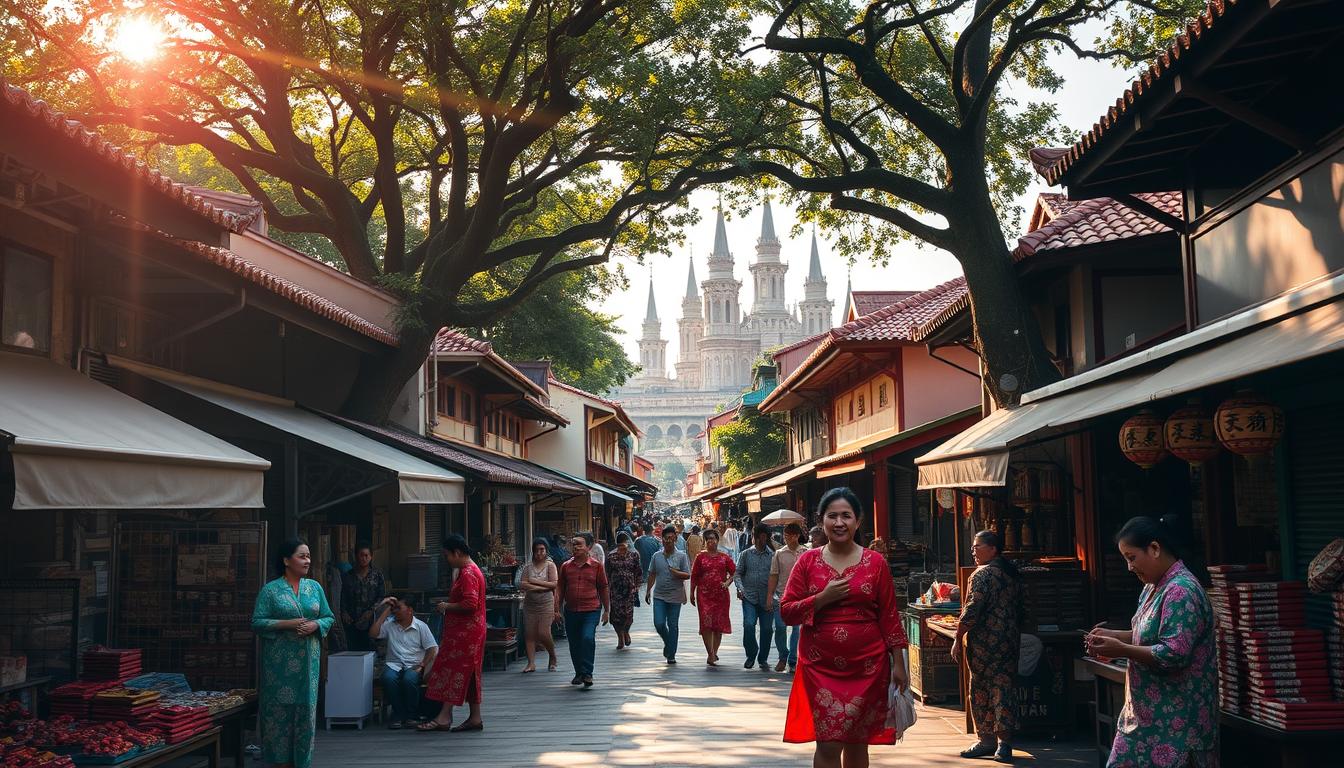
During the colonial era, a bustling marketplace thrived beside Manila’s historic walls. This economic hub, strategically positioned near the Pasig River, became the heart of regional commerce. Spanish authorities managed the area, but its lifeblood came from skilled traders who crossed seas to exchange luxuries like porcelain and spices.
By the 16th century, this district had transformed into a melting pot of cultures and goods. Records show vibrant stalls overflowing with shimmering silk, a commodity so prized it rivaled silver in value. The market’s layout evolved over time, surviving fires and political shifts while maintaining its role as Southeast Asia’s trade crossroads.
Merchants from Fujian province forged partnerships that shaped local business practices. Their networks stretched from coastal China to Mexican ports, creating a silver-for-silk exchange that fueled global economies. This commercial synergy lasted for centuries, embedding lasting influences in Filipino craftsmanship and cuisine.
Key Takeaways
- Strategic riverside location enabled thriving cross-continental trade
- Silk emerged as a cornerstone commodity driving economic growth
- Spanish-Chinese collaborations created unique cultural fusion
- Multiple reconstructions shaped the district’s architectural legacy
- Predecessor to modern Binondo, the world’s oldest Chinatown
Historical Context & Significance
Long before European ships dotted Manila Bay, vibrant exchange networks hummed along coastal settlements. Early accounts reveal thriving trade between Luzon communities and foreign merchants, with artifacts showing connections stretching back centuries.
Pre-Spanish Settlements and Early Trade
Archaeological finds in Baybay district show ceramic fragments matching 14th-century Fujian designs. These discoveries confirm commercial ties existed generations before Ferdinand Magellan’s arrival. “The islands’ natural resources attracted traders like bees to blossoms,” notes a 16th-century Portuguese chronicle.
Regional exchanges focused on practical goods: iron tools from China, beeswax from Borneo, and rare textiles from India. This cross-cultural commerce laid foundations for later market systems.
Development of the Parián Market
When Spanish forces established their fortified walls in 1571, they designated a specific area for foreign traders. This zone evolved into a structured marketplace where regulations and taxes shaped daily transactions.
Spanish colonial administrators implemented strict zoning, creating a template for urban planning. The market’s proximity to military defenses ensured oversight while allowing cultural blending. By 1583, rebuilt structures housed permanent stalls, marking a new chapter in Philippine commercial history.
Manila’s Parián: Chinese Merchants in PH’s Golden Age
Urban planning merged military strategy with commercial ambition in Manila’s core. By 1583, redesigned streets hosted permanent stalls protected by stone walls, creating Southeast Asia’s first regulated trading district. Tax records show over 150 shops operated daily, fueling cross-continental business networks.
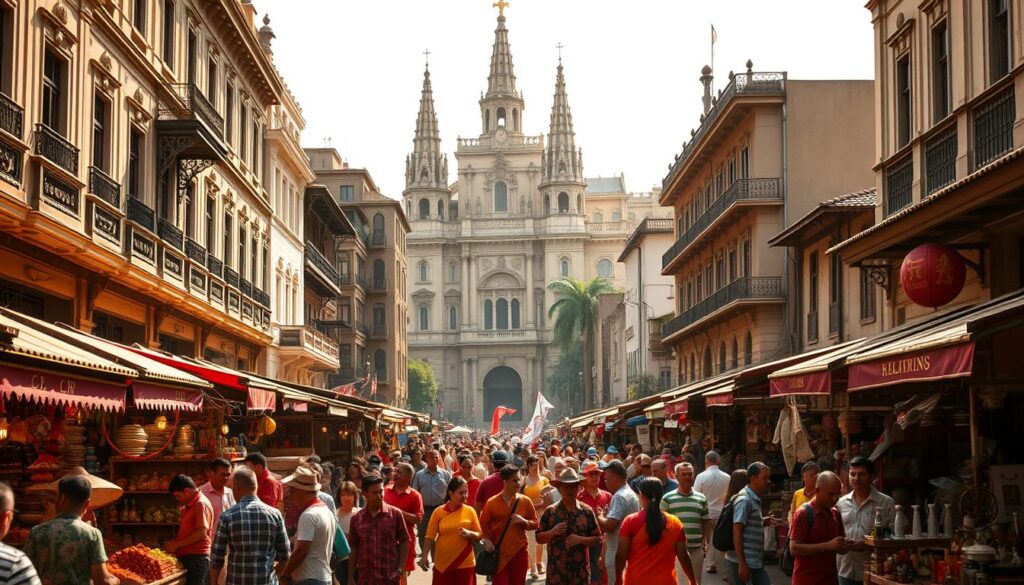
Emergence as a Commercial Hub
The market’s 1571 founding coincided with Spain’s Pacific expansion. Skilled craftsmen exchanged porcelain for Mexican silver at rates favoring colonial powers. A 1590 report notes:
“Silk shipments from Fujian outvalued Spanish galleons’ cannon”
Specialized zones emerged for textiles, spices, and metalwork. This organization allowed diverse goods to flow efficiently between continents.
Role During the Spanish Colonial Era
Authorities implemented strict commercial codes by 1600. Traders needed permits to operate within the fortified perimeter. These government controls:
| Aspect | Pre-Colonial | Spanish Era |
|---|---|---|
| Main Goods | Local crafts | Silk, silver |
| Trade Partners | Regional | Global |
| Regulations | Informal | Tax-based |
Military forces rebuilt the district three times after fires, each reconstruction expanding its economic reach. This resilience sustained business operations for generations.
Trade, Culture, and Legacy
Beyond goods and gold, the marketplace became a bridge for shared traditions. A wooden chest displayed at Museo Bello tells this story – its carvings mix Fujianese patterns with local floral motifs. Such artifacts reveal how trade routes carried more than spices.
Cultural Exchange Between Communities
Shared meals and festivals broke barriers between settlers and locals. Records show blended rituals – lantern festivals adapted Catholic symbols, while silk weaving techniques merged with native fabrics. This fusion shaped Manila’s culture in unexpected ways:
- Food stalls sold rice cakes wrapped in banana leaves with Chinese fillings
- Metalworkers combined Spanish armor designs with Asian motifs
- Tagalog absorbed Hokkien terms for markets and measurements
Enduring Influences on Urban Life
The old market’s walls still echo in modern streets. Binondo’s grid layout mirrors the original trading area, with shops clustered by specialty. Family-run businesses today use centuries-old negotiation tactics from merchants’ ledgers.
This legacy lives in community bonds. Annual parades honor both Santo Niño and Mazu, the sea goddess – a testament to blended identity. As historian Ambeth Ocampo notes: “Our palates and plazas carry whispers of those early exchanges.”
Conclusion
Centuries of exchange transformed this riverside area into a living archive of shared history. From its early days as a trading post to its regulated government-managed hub, the district shaped how goods moved across continents. Surviving conflicts and fires, it proved adaptable through changing time periods.
This commercial crossroads didn’t just move products – it blended traditions. Food stalls became kitchens of fusion, while festivals merged spiritual symbols. Such exchanges built a unique community identity that still flavors street markets today.
Modern business practices owe much to these early networks. Negotiation styles and specialty clusters mirror 16th-century ledgers. As scholars note, the culture of collaboration outlasted colonial structures, proving resilient through generations.
New information continues surfacing about this pivotal zone. Each discovery reinforces its role in shaping trade routes and social bonds – legacies etched into Manila’s urban DNA.

